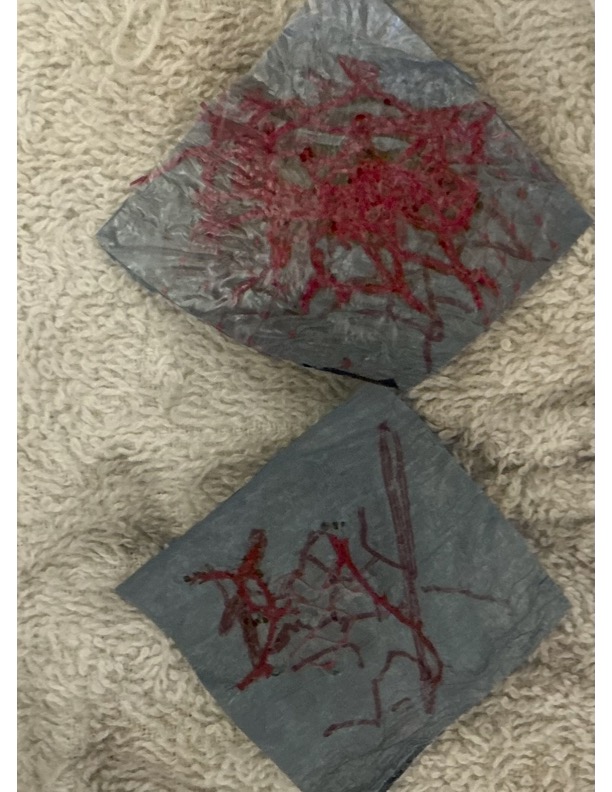Human muscles are constantly changing all of the time. These changes can be in the structure, size, or shape of the muscle. In the case of skeletal muscles this is especially true as we age. Muscle mass tends to decrease after age 30 by 3-8% for every decade and after 60 the decrease is higher. This muscle mass is partially influenced by the endocrine system and the natural decrease of estrogen and testosterone in women and men respectively, but it is not conducive to muscle strength only seems to affect muscle mass (Volpi et al., 2004). So, I will be comparing skeletal muscle physiology and how those lifestyle habits change as someone ages in muscle composition. Therefore, the course objective I’m building on is relating the interaction of muscles and the skeletal system.
Muscle aging may have many lifestyle variables, such as occupation, regular exercise, and day to day activities, which results in changes of structure, size, or shape of muscle. Typically muscle structure is what generally changes in muscle aging and relates to the loss of strength. Skeletal muscles have two types of cells that contract and vary in amounts in the body; the two types are called type I and type II. Type I muscles are usually slower and more resistant to fatigue, these fibers include the slow oxidative fibers that are used in low intensity or endurance activities like posture (Charles and Bates, 2023). While type II muscles are the fast twitch fibers (Type IIB) that are used for powerful but quick movements and fatigue quickly, these are the fast glycotic fibers that are used in actions like jumping. Type II muscles include the fast oxidative fibers (Type IIA) for medium activities used in actions like walking or jogging (Herbison et al., 1982). As people age muscle fibers shorten and the percentage of slow type I muscle fibers increases. Interestingly despite significantly decreases in fiber lengths in the knee flexors with age, contributing to a higher physiological cross-sectional area, leads to more force
“despite significantly lower muscle volumes”, but this was an outlier for knee extension and other leg muscles this is not the case (Charles and Bates, 2023). Muscle atrophy is common and so are increases in intramuscular fat (Terzis et al, 2024).
Sarcopenia is a geriatric disease that reflects these changes. It is often related to fragility and muscle weakness in the elderly which often leads to increased impaired mobility and a functional decline (Siparsky et al., 2014). In addition to sarcopenia, the disuse of muscles can result in higher chances of obesity (sarcopenic obesity) and osteoporosis. This positive feedback loop can be initiated and increased by many lifestyle variables like being sedentary or weightless, however the only current possible stops to this positive feedback loop are nutrition and stopping skeletal muscle disuse. Nutritional supplementation often is applied to younger people; however, it can benefit elderly when taken in conjunction to movement and/or exercise (Siparsky et al., 2014). This is important because muscles over time will atrophy if not used, inactivity may be a killer to your wellbeing and health. Muscle in combination with physical activity such as resistance training can improve muscle strength at any age but may be especially important to those that are over the age of 60. One study found that similar to younger men, men over 66 years of age were able to gain about 5% of muscle strength per day and even in a study which included people who were 90 can grow their strength up to 175% and increase their mobility (Siparsky et al., 2014). So, no matter your age, but especially if you are a bit older, you should think about regularly doing exercise, especially resistance exercises, or just be more active to prevent losing muscle.
The medium I used was soft plastics because I wanted to illustrate the mobility in how our muscles can change (it was better in my head, and I had to resort to simpler images so none of my images show muscle type just muscle volume and muscle fiber). I have made a few images to illustrate muscles as we age. The first picture is inspired by the colored magnetic resonance image (MRI) photo from the Charles and Bates study (2023). On the top is an image from a 75 year old and shows a cross section of muscle (in color) and fat (white) and the bone is shown in black (note bone is not to scale nor is most of the muscle had issues with getting everything to stay when going to melt it or over melting). On the bottom is an image of a 29 year old showing the same cut and you’ll notice there is more muscle and less fat. Similarly on the second image inspired from what I’ve learned from class and these papers, the right side shows the older person with sarcopenia with atrophied muscle, there are less muscle fibers and lots of intramuscular fat. On the left side is a young healthy person with a little bit of fat, a couple of thick bits with a few thinner pieces running off of it. The intramuscular fat is “stained” in red, whereas the muscle is gray.
References
Charles, J., and Bates, K. (2023). The Functional and Anatomical Impacts of Healthy Muscle
Ageing. Biology 12,10: 1357. https://doi.org/10.3390/biology12101357 Herbison, G., Jaweed, M., & Ditunno, J. (1982). Muscle fiber types. Archives of physical
medicine and rehabilitation, 63(5), 227–230.
Siparsky, P., Kirkendall, D., & Garrett, W. (2014). Muscle changes in aging: understanding sarcopenia. Sports health, 6(1), 36–40. https://doi.org/10.1177/1941738113502296
Terzis, G., Vekaki, E., Papadopoulos, C., Papadimas, G., & Stasinaki, A. (2024). Muscle ultrasound echo intensity and fiber type composition in young females. Journal of Functional Morphology and Kinesiology, 9(2), 64. doi:https://doi.org/10.3390/jfmk9020064
Volpi, E., Nazemi, R., & Fujita, S. (2004). Muscle tissue changes with aging. Current opinion in clinical nutrition and metabolic care, 7(4), 405–410. https://doi.org/10.1097/01.mco.0000134362.76653.b2
/Users/maya.yoshikawa/Downloads/IMG_0694.heic
/Users/maya.yoshikawa/Downloads/IMG_0695.heic


